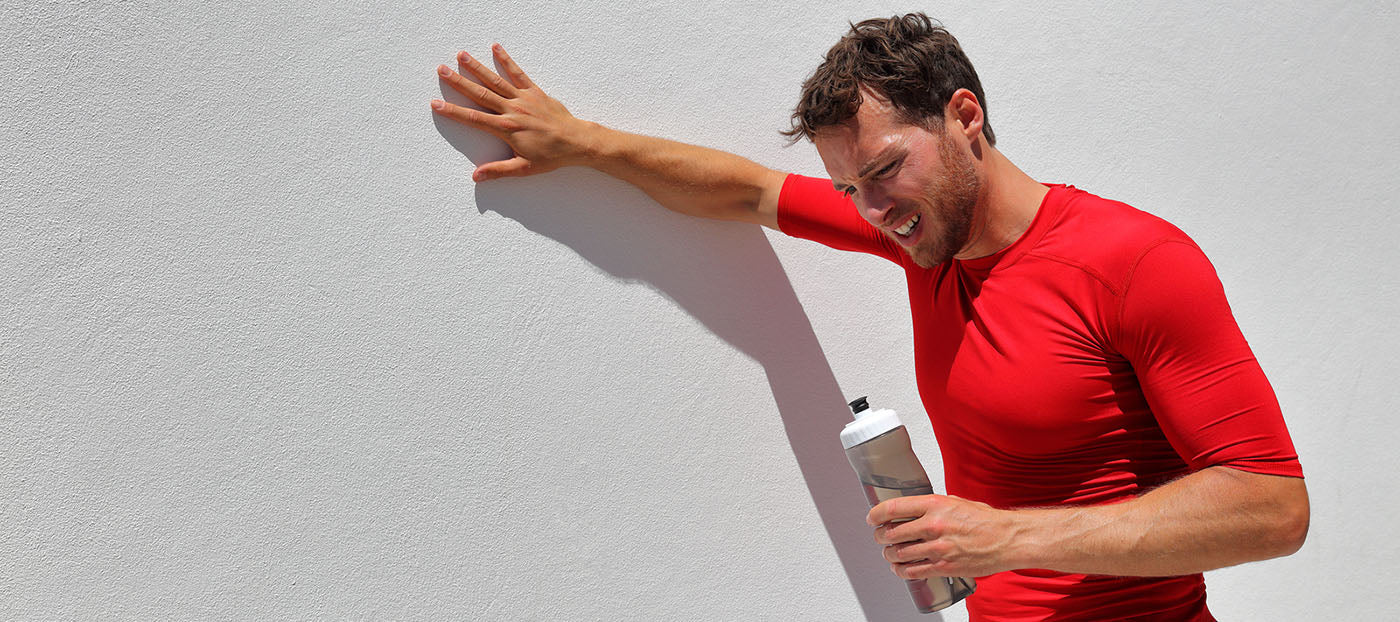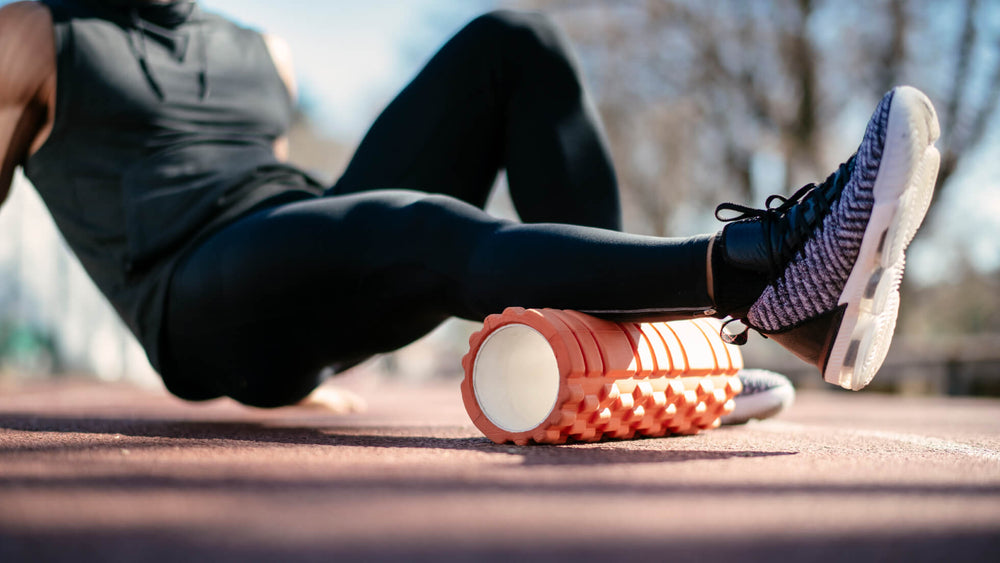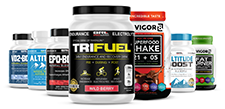Hydration Tips For Race Day

By Sharon Lehman, RDN
Your race day performance can be impacted by your hydration status, a loss of just 2% of your body weight in water can have a major impact.
Being well-hydrated on race day can help runners improve their pace, finish time and ease post-race recovery. Of course, hydration during any type of prolonged or endurance physical activity is also essential for preventing serious health issues, like heat stroke and dehydration.
Did you know hydration status begins well before race day and depends on more than just drinking water for fluid replenishment? Here are a few tips on how to make sure you’re well-hydrated for each and every race:
1. Learn to recognize the signs of dehydration. You may think you’ll know if you’re dehydrated, but even the slightest level of dehydration can cause subtle symptoms that can be clues you need more fluids during training runs and races.
Besides feeling thirsty, muscle cramps, headaches and feeling nauseated and/or fatigued can all be caused by mild to severe dehydration. If you experience any of these symptoms during or after a run, it may be time to reassess your fluid needs.
2. Use training runs to get familiar with your fluid needs.Everyone’s fluid needs vary and are subject to body size, how much you sweat and the weather. Most people need 8-10 cups of water plus water-containing fruits and vegetables to meet their daily fluid needs. A standard rule of thumb is to drink an additional 4 ounces of water every 15 to 20 minutes on long runs. Try using a timer to remind you to sip some water regularly during your runs so it’ll be habit by race day.
Your training regime leading up to race day is the perfect time to figure out which hydration products you prefer, how much water you need and which hydration gear you’re most comfortable running with.
3. Balance water and electrolytes. Both water and electrolytes need to be replenished, otherwise you run the risk of overhydration and having low blood levels of sodium and potassium. You can try sport gels, sports drinks, electrolyte tablets added to water or coconut water to help maintain electrolyte levels during runs.
However you prefer your liquids, try sipping them versus gulping. When you run, your body’s energy is being directed away from the digestive system to fuel your muscles, so chugging water can leave you with an uncomfortable sloshy feeling. You’ll also absorb water better with smaller sips.
4. Start hydrating before race day. Smart runners don’t wait until race day to think about hydration. If you’re regularly on top of your hydration, you’ll be better equipped for your next race. A quick way to assess your daily hydration status is the urine test. Observe the color of your urine throughout the day. Dark yellow to golden in hue means you need more fluid, while pale yellow indicates you’re well-hydrated.
5. Do your pre-race homework. Assess the course before race day and adjust your fluid plans accordingly. How many water aid stations will there be? Know their locations so you know how much water you need to carry and where and approximately when you’ll be stopping to fill up.
You’ll also want to pay attention to the forecast for the race. Warm weather will increase your need for fluids and electrolytes.
You wouldn’t run a race without practice and prep. Your performance, recovery and overall health will all benefit when you make your hydration status a key element of training for race day.
Take the next step in your training regimen: Try any BRL Sports supplement risk-free! If our natural nutritional products aren’t the best you’ve ever used, simply return your purchase for a 100% refund — no questions asked!
Also in Inspiration & Perspiration

High Altitude Supplements: Complete Guide to Training & Prevention (Altitude Sickness Solutions)
Support endurance and reduce altitude stress with supplements that improve oxygen efficiency, stamina, and recovery in high-altitude conditions.

Best Supplements For Runners: Complete Guide By Training Phase (Base, Peak, Taper & Race Day)
Discover the best supplements for runners by training phase—base, peak, taper, and race day—to boost endurance, recovery, and performance.

Creatine for Endurance vs. Sprint Efforts
Creatine isn’t just for power—learn how it boosts sprint speed, recovery, and endurance performance.


